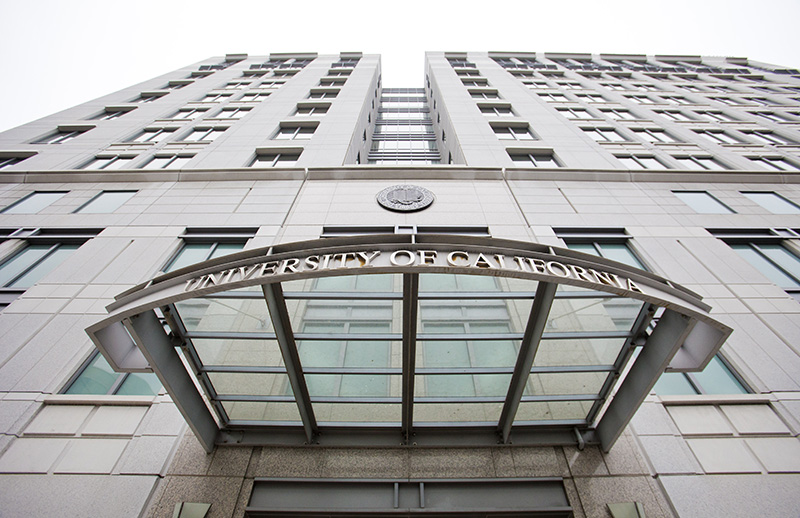Stipends for members of the Student Fee Advisory Committee have been relatively unchanged for the span of its existence since 1976. For the 2017-18 academic year, annual SFAC stipends equate to $6,351, $4,210, and $2,105 for SFAC’s chair, vice chair, and regular members, respectively.
According to the SFAC 2017-18 Committee Compensation Schedule, stipends for regular members are equal to half the California resident undergraduate tuition and fees for one quarter, not including campus-based fees. Twice as much is paid to the vice chair, and thrice as much to the chair. Thus, as students’ tuition increases, so do SFAC members’ stipends.
SFAC’s charter states that its primary role is to make recommendations on the usage of the revenue generated by the Student Services Fee. The money for SFAC members’ stipends comes from this very fee. Thus, SFAC is in charge of its own compensation.
According to SFAC Chair Edward Lin, the current SFAC stipend model was set in stone in 2004 and has not been subject to change since.
“It’s been what it’s been forever,” Vice Chancellor of Student Affairs budget consultant John Hughes said. “I don’t see it changing, and I don’t see anyone complaining about it.”
The SFAC stipend amount — pulled from the SSF budget — is not voted on each year, and has been unchanged for over a decade, according to Hughes. Meanwhile, other student organizations and services seeking money from the same SSF budget must submit a funding proposal outlining the funding they need each year, according to SFAC Vice Chair John Laxa.
“Someone set the rate at some point and it’s been the one we have had forever,” Hughes said. “They [SFAC] don’t tinker with it. So annually, they don’t ask themselves what are they going to pay themselves.”
Laxa noted that “anything that is funded by SSF” undergoes an annual process of submitting a funding unit proposal for evaluation by SFAC. However, this same process has not been used to determine or change SFAC stipend amounts — which is funded by SSF — for at least a decade and likely much longer, according to Hughes.
Lin concurred that this held true during his tenure.
“During my time serving on SFAC, there has not been explicit discussion of the stipend paid out to committee members other than logistical matters such as the hiring paperwork at the beginning of each school year,” Lin wrote in an email.
Lin noted, however, that a fixed stipend rate could be a potential alternative to the current model, in which stipends change depending on changes in tuition.
“I can envision a system where stipends are a flat rate regardless of the cost of other mandatory registration fees but amendments to the [c]harter would need to be made for this to take place,” Lin wrote.
As a point of comparison, the A.S vice presidents and financial controller receive $200 per week, the senior associate vice presidents $150 per week, the associate vice presidents $100 per week, and the senators $20 per week. The SFAC chair’s stipend, divided over 30 weeks, is approximately $211 per week, and the vice chair’s is $140 per week. Due to the fact that they begin their terms midway through fall quarter, the regular members are only paid for winter and spring quarters, during which they receive about $105 per week.
Hughes and Lin, who attends weekly SFAC meetings along with the other members, believe that the current stipend amount is fair regardless.
“My personal opinion is that the current stipend is a fair measure of the work and time
members of the committee put in,” Lin wrote. “As a caveat, it would be impossible for me to give you an unbiased answer because at the end of the day, I am the one receiving this stipend.”
According to Hughes, discussions have not arisen regarding SFAC stipends because it has not been a source of debate within SFAC. Depending on the circumstances, however, this could be subject to change.
“I do not personally believe it is a high priority issue for the committee at this point, but I am open to bringing it up for discussion if need be,” Lin wrote.













